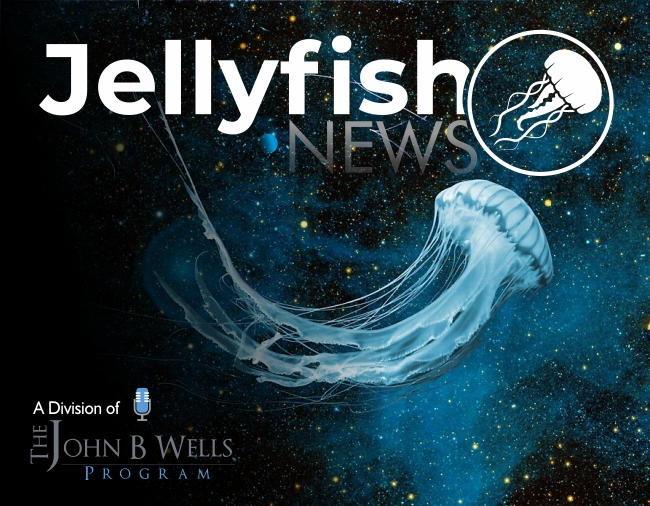By Ina Fried
For years tech companies have been showing off tools that use AI to create short video clips, but now a lot more people are going to get their hands on them.
Why it matters: The ability to turn a photo or a prompt into several seconds of video opens up new creative avenues, while also offering millions an opportunity to create lifelike deepfake videos.
Driving the news: Adobe on Monday released a public beta of its Firefly Video Model, allowing its Creative Cloud subscribers to turn ideas and photos into short video clips.
- Adobe also added a Generative Extend feature to a beta version of Premiere Pro that uses generative AI to lengthen footage that has been captured.
The big picture: Meta recently unveiled Video Gen, a more powerful AI engine, with an aim of bringing it to customers by next year.
- OpenAI’s demo of its Sora video making tool wowed observers earlier this year, and last month Google added AI tools based on its Veo model to YouTube Shorts.
Zoom out: As video turns into the next big frontier in AI content creation, the industry is racing into a new competitive brawl over capabilities and speed.
- At the same time, it’s searching for tools and technologies to limit the potential havoc a flood of AI-made videos could wreak via misinformation, intellectual property theft, nonconsensual pornography and more.
Case in point: Startup Truepic, which specializes in assuring the legitimacy of photos and video, announced Tuesday is has uploaded the first video to YouTube that includes end-to-end content credentials verifying its authenticity.
- The video itself features Truepic CEO Jeff McGregor recreating the first video uploaded to the site 19 years ago — a scene filmed at the San Diego Zoo…
READ FULL ARTICLE HERE… (axios.com)
Home | Caravan to Midnight (zutalk.com)






